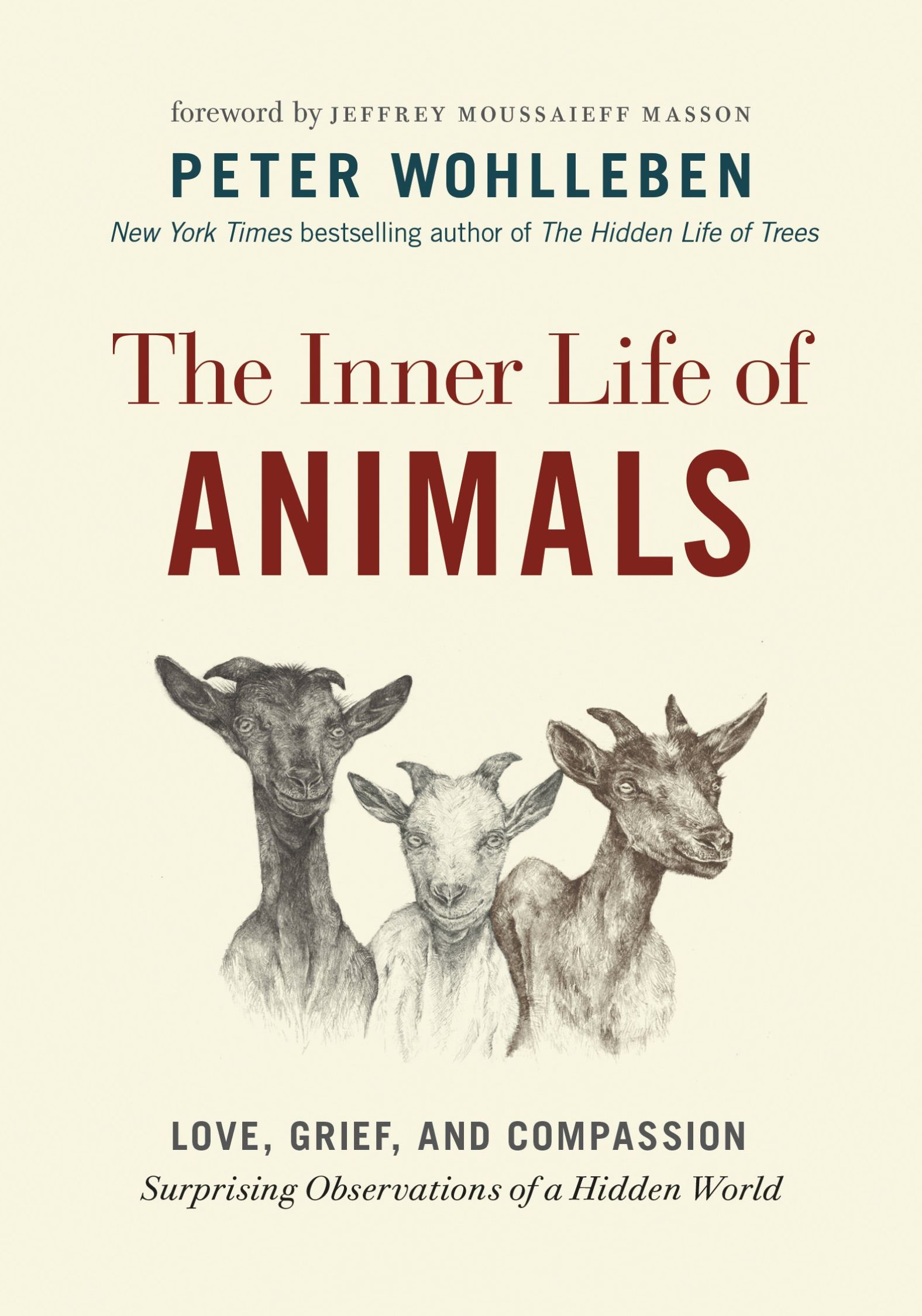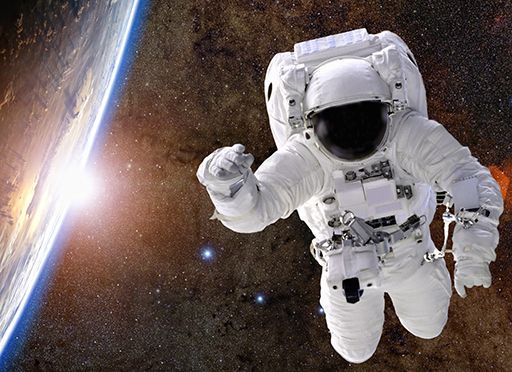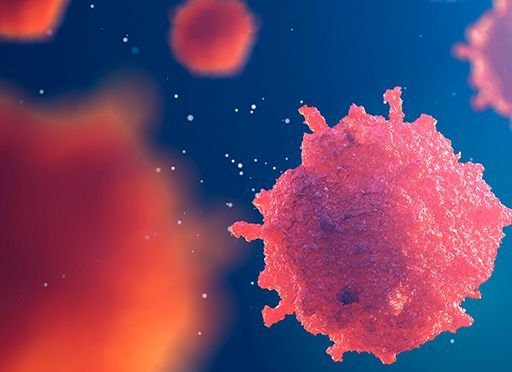Prolific naturalist author and devout student of nature Peter Wohlleben explores the realms of animal thought, consciousness, emotions and emotional connections.

Animal Thought and Emotion
Author and naturalist Peter Wohlleben explores the hidden world animals create. He illuminates their lives in charming stories; his approach is anecdotal. He reveals animals to be remarkably like humans, with similar desires, fears and thoughts. Animals, Wohlleben reveals, are surprisingly alert and canny and have rich interior lives, which drive their actions. Wohlleben will lead you to rethink your ideas about intelligence, love, grief, consciousness, and whether humans are indeed the measure of all things. He will rivet and enlighten animal lovers and nature buffs.
Emotional Ties
A mother squirrel carries her young to safety one by one, wrapped around her neck. The babies cling so tightly that the mother stops to gasp for air. She continues until all her young are safe in a new location. People think squirrels are furry and adorable, but they eat baby birds.
Every species of animal may see and feel the world in a completely different way, so you could say there are hundreds of thousands of different worlds out there.Peter Wohlleben
Animals adopt. A German bulldog, for example, adopted six orphan baby boars.
The Limbic System
Humans have long doubted that fish have feelings.
The ability to associate oneself with a particular name presupposes self-awareness. And that is one step above consciousness.Peter Wohlleben
But Penn State professor Victoria Braithwaite proved that fish have pain receptors in their mouths, and process pain in the same area of their brains as people do. Fish have a brain structure similar to the human amygdala, the center of the fear response, which dates back 400 million years. Fish have the brain structure to support consciousness. So do fruit flies. Apes, dolphins, elephants, pigs, ravens and crows are all self-aware.
No Good or Bad
Nature isn’t neat, orderly or logical. The lynx, for example, hunts deer, but isn’t quick and depends on catching deer unaware. When a lynx eats a few deer in an area, the deer catch on and heed every noise. Eventually the lynx must move on to find deer it can catch off guard. The lynx who don’t move on, usually less experienced youngsters, starve to death in winter.
What we understand as a finely tuned balance between prey and predators is in reality a harsh struggle with many losers.Peter Wohlleben
Neatly categorizing animals as warm or cold-blooded is misleading. Humans are warm-blooded, meaning they regulate their internal temperature by shivering to generate energy when cold or sweating to cool down when hot. Cold-blooded animals are at the mercy of outside temperatures. Flies, for example, can’t muster the energy to fly in winter.
But bees can. Bees use honey as fuel to keep warm. Their ideal temperature is between 91 and 96 degrees Fahrenheit [33-36°C]. In summer, some bees bring water into the hive to cool it by evaporation and others keep their wings flapping to cool the hive. In the winter, in addition to eating pounds of honey, bees will form a massive ball around the queen to keep her warm. They take turns on the outside layer.
Crowd Intelligence
An animal’s environment influences its personality. Are fieldfares and thrushes being brave when they swarm and attack an invading crow? To some extent, this behavior indicates a genetic protection program kicking in. Birds’ aggression and persistence varies.
Bees are highly specialized within their hive; each has a specific job. They transform nectar into honey and communicate where flowers are by dancing. Scientists ascribe this to “crowd intelligence” while believing individual bees are unintelligent.
By the end of the 20th century there was an increasing amount of hard data that confirmed that many animals can perform some rudimentary calculations.Peter Wohlleben
But bees remember enemies and attack them. They form a mental map of their environment to navigate. They process new information and adjust their nectar-finding missions accordingly – while in progress.
Emotions
Animals like to play. Crows will careen down a snowy slope as a human on a sled might, and for the same reason – fun. Work animals such as draft horses and herd dogs enjoy their jobs. The relationship between humans and dogs may be 40,000 years old.
Animals mate at least in part for pleasure. Males of many species call attention to themselves to attract a female, and risk drawing predators. When animals mate, they are helpless and vulnerable to attack.
Ravens cultivate lifelong relationships, not only between parents and children, but also among friends.Peter Wohlleben
Ravens mate for life. For years, European farmers blamed ravens for the deaths of farm animals, even though ravens are carrion eaters. When a farmer shot a raven, the remaining mate didn’t find another partner, and the local population rapidly declined. Today laws protect ravens. Most birds don’t live as long as ravens live, and their loyalty to a partner lasts only a season.
Animals have a sixth sense to warn them of impending crisis. Goats in Sicily, for example, become agitated before Mount Etna’s volcanic eruptions.
Fear
Wild boar fear humans due to hunting and keep to overgrown woodlands in the day, venturing into open areas only at night. When Geneva banned the hunting of boars, for example, they once again came out in the daytime.
A life with less worry and therefore more rest and relaxation meant less risk of intestinal illnesses, which are the leading cause of death in rabbits.Peter Wohlleben
When the boar who live across the river in France – where boar hunting is legal – hear gunshots and hunting dogs, they swim the river to safety in Geneva.
A Wide Spiral
Swifts mate and sleep in the air. They gain about a mile of altitude and sleep while descending in a wide spiral for only a few minutes before waking to avoid hitting the ground. Horses only need a few minutes of deep sleep; they doze on their feet for a few hours daily.
Every day we lose more of the wild as it used to be. We have already cleared, built on or dug up an unbelievable 80% of the Earth’s land mass.Peter Wohlleben
Animals dream. Many species enter the rapid eye movement (REM) phase of sleep. Rats’ brain activity while sleeping matches their brain activity while in a maze, so researchers can figure out where in the maze the rats dream they are. Fruit flies also dream.
Animal Insight
Unless you’re also a naturalist, your most likely response to every other page of Wohlleben’s fascinating exploration will be: “Really? I had no idea!” His attempts to anthropomorphize animals and illuminate the beast within all humans comes off as a commercial ploy to draw less engaged readers and happily, he doesn’t vest deeply in that theme. Mostly, the layered, engaged, emotional lives of animals simply enthrall Wohlleben and he communicates his absurdly comprehensive knowledge with an acolyte’s delight that proves admirable and profoundly entertaining.
Peter Wohlleben also wrote The Hidden Life of Trees; The Secret Wisdom of Nature; Can You Hear the Trees Talking?; The Weather Detective; The Secret Network of Nature; and The Heartbeat of Trees.






